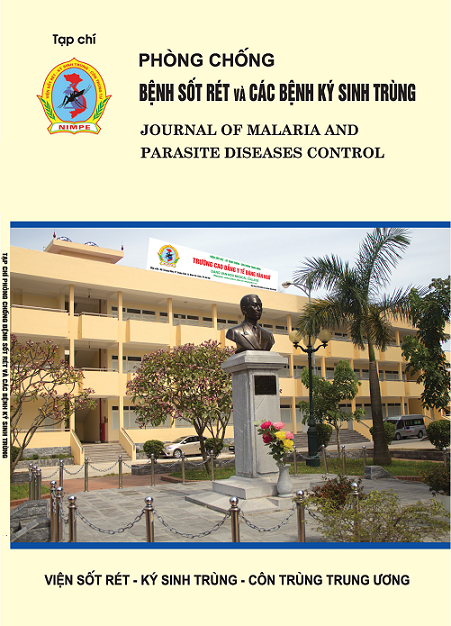SITUATION OF RESISTANCE TO INSECTICIDES OF MAJOR MALARIA VECTORS IN VIETNAM, PERIOD 2012 – 2022
DOI:
https://doi.org/10.59253/tcpcsr.v132i6.185Tóm tắt
Surveys were conducted from 2012 to 2022 with the goal of determining the level of
insecticide resistance of the primary malaria vector in Vietnam in the period 2011 - 2022.
The results showed that An. minimus detected in 1 of 28 study sites (3.57%) was possibly
resistant to alphacypermethrin, 1 of 22 sites (4.55%) was possibly resistant to
lambdacyhalothrin and 1 of 6 sites (16.67%) was possibly resistant to deltamethrin. An.
dirus detected at 3 of 11 sites (27.27%) were possibly resistant to alphacypermethrin and
1 of 9 sites (11.11%) was possible resistant to lambdacyhalothrin. An. epiroticus detected
in 7 of 18 sites (38.89%) were possible resistant and 10 of 18 sites (55.56%) were
resistant to alphacypermethrin, 4 of 16 sites (25.00%) were possible resistant and 11 of 16
sites (44.44%) were resistant to lambdacyhalothrin, 3 of 7 sites (42.86%) were possible
resistant and 2 of 7 sites (28.57%) were resistant to permethrin, with 1 of 9 sites(11.11%)
was possible resistant and 4 of 9 sites (44.44%) were resistant to deltamethrin.








